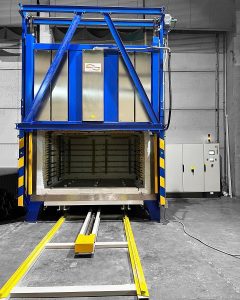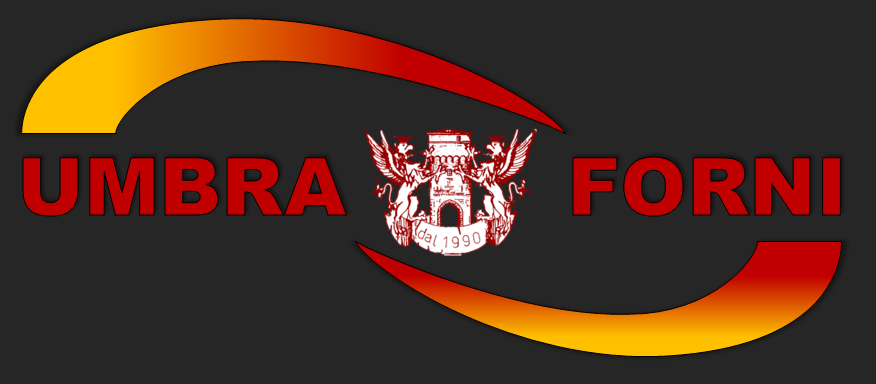
HEAT TREATMENT FOR STRESS RELIEF
Generally, when we process a material, machining, cutting and plastic deformation cause an accumulation of compressions that may cause unwanted dimensional changes. Therefore, in order to minimise post-machining compression and the risk of dimensional changes, the component can be stress relieved, which usually takes place after rough machining but before final finishing at a temperature between 550 °C and 650 °C for steels, 150-180 °C for carbon or low alloy steels and 170-210 °C for case hardening steels.
This is followed by the slow cooling phase will be carried out in an oven or in the air. for one, two or more hours, precisely to avoid tensions due to the sudden change in of temperature, which is often the case with large components.
The purpose of stress relief is to reduce internal stresses without significantly altering hardness.
These treatments are performed on products for a variety of sectors, including Oil & Gas, Mechanical, Naval, Nuclear, Aerospace and Energy.
PLANT DESCRIPTION:
- stress-relieving treatments from temperatures of 150 up to 750°C. Thanks to an efficient recirculation system, there is a high degree of temperature uniformity;
- No. 2 control zones in ara;
- N.2 recirculation agitators;
- very high degree of uniformity +/- 5°C during ascent and +/-2°C during stalls;
- control and management of internal chamber pressure;
- The entire system is controlled by a Siemens 1200 PLC;
- remote control, remote assistance and simple, intuitive interface (INDUSTRIA 4.0);
- AMS2750 F;
- optimised consumption
